Westminster Abbey. A year ago everyone's eyes were on the beautiful structure as William, Duke of Cambridge, married Catherine (Kate) Middleton, now Duchess of Cambridge in an elaborate ceremony that was often compared to that of his parents, Prince Charles and Princess Diana of Wales. For over a thousand years the abbey has been the location of coronations for kings and queens of England. The first church was built on this site over a thousand years ago, although nobody's really sure of the exact date. Westminster Abbey is probably most famous for the amount of people buried there, over 3,000 in all. Some of them are very famous, some of them aren't. Since that's the main focus of the Abbey, that's what I'm going to talk about the most probably. They're in no particular order.
We're going to start with Anne of Cleves, fourth wife of someone you're very familiar with by now: Henry VIII (you'll be an expert on him by the time my trip is done!). So, after the death of Jane Seymour, Henry waited for a few years before being persuaded by Thomas Cromwell to take a wife. It was in Cromwell's best interest to have a Protestant queen, so he pushed for Anne of Cleves. Henry fell in love with her portrait, but when he met her in person, he said she looked like a horse. He went through with the marriage, but only because he had to. It was a very brief marriage, and when he asked for a divorce, Anne happily agreed, as long as Henry didn't send her back to Cleves (in what is now Germany). He agreed, and she became the King's Sister. She helped raise Elizabeth I for a while, and even thought about trying to win Henry back after the disastrous marriage between him and Kathryn Howard. Unfortunately, I didn't actually see this tomb. What I didn't like about Westminster Abbey was how overwhelming it was. There's no guide saying where people of importance are buried in the Abbey, and there are over 3,000 people buried there. There's no way to look at every single tomb and give them all enough attention in the time you have there, it was all incredibly overwhelming in my opinion.
The Lady Chapel was built by Henry VII in 1503 and dedicated upon completion in 1516. This chapel has stunning fan vaulting ceiling (which you can see in the photo above). Henry wanted to secure his position on the throne (since he got to the throne by emerging victorious after a bloody civil war called the War of the Roses), and he wanted to use the chapel to bury his dead uncle, Henry VI, and have him canonized. The pope wanted too much money to canonize Henry VI, so that never happened.
Instead, the chapel now serves as the home of the tomb of Henry VII and his wife, Elizabeth Woodville. Their marriage ended the War of the Roses (he was from the House of Lancaster and she was from the House of York, so it was a peace treaty along with a marriage), and he also founded the Tudor Dynasty.
Just a few feet from Henry VII and Elizabeth Woodville lies the body of their grandson, Edward VI, the only surviving son of Henry VIII. Edward's mother, Jane Seymour, died a few days after Edward's birth, leaving Henry heartbroken. Edward came to the throne in 1547 and reigned until 1553, when he died suddenly at 16 from tuberculosis. His sudden death brought his oldest half-sister, Mary to the throne. His body is buried under the altar pictured here in the Lady Chapel.
Speaking of Mary, pictured above is the tomb she shares with her younger half sister, Elizabeth. Mary gets almost no recognition on the tomb, however, and it is an image of Elizabeth on top. This was sculpted from Elizabeth's death mask and is apparently the most accurate representation of what the monarch looked like. If that's so, then it's a little creepy, this is the face of one of the greatest monarchs in English history, it almost looks like she could sit up and start talking at any second. Buried along with Elizabeth is her sister, Mary I, or Bloody Mary. It's ironic that they're buried together, since the sisters really didn't get along. Mary was a strict Catholic, while Elizabeth was a staunch Protestant. Their father also divorced Mary's mother to marry Elizabeth's mother (although we all know how that turned out). In death, however, they are right there together with their brother just a few yards away.
Just across the Lady Chapel from Elizabeth and Mary is another famous monarch from Elizabethan England, Mary, Queen of Scots. A little bit of background on Mary (I promise, it'll be short): Mary was the Queen of Scotland, but she'd been raised in France with her husband, the dauphin (the heir to the throne). When her husband died, she returned to Scotland, but circumstances forced her to abdicate the throne in favor of his son, James VI. She fled to England to seek shelter under her cousin, Elizabeth I. She figured Elizabeth would be sympathetic since Mary I had wanted Elizabeth dead during her reign. Unsure what to do, Elizabeth allowed Mary to stay, but she was basically a prisoner. Elizabeth was in a difficult position, Mary was her second cousin, and she had a legitimate claim to the throne (Henry VIII's sister married the King of Scotland, and Mary was their granddaughter), not to mention the fact that she was Catholic. Many Catholics in England at the time didn't think that Elizabeth had a legitimate claim to the throne because of the whole mess with the marriage between Henry VIII and Anne Boleyn, so Mary seemed like a better choice. Elizabeth had no choice but to get rid of her cousin. Finally, the perfect opportunity came with the Babington Plot, a Catholic plot to assassinate Elizabeth where Mary was implicated. She was found guilty and beheaded on February 8, 1587. It took two blows to behead Mary, and afterwards, when the executioner picked up her head to show the crowd (to prove she was dead), the head fell to the ground, and the executioner was left holding a wig, Mary's beautiful auburn hair had turned grey over the years. Her dog was also hiding under her skirts and refused to be parted with its owner's body until it was forcibly removed. This tomb was designed by James VI, who became James I of England after Elizabeth I died childless, in honor of his mother. It's a beautiful tomb, and it looks like Mary is sleeping peacefully after so many years of torment and imprisonment in life. Mary is a fascinating person, I barely scratched the surface on her, there are murder plots, assassination attempts, affairs, everything that's fun and exciting in history, all revolving around this one person.
Now, like I said before, over 3,000 people are buried at Westminster Abbey, and it's really overwhelming if you're trying to see where a lot of the people are buried. You don't know which tombs to look at, who is important and who isn't, and you can't possibly look at all of them, there are simply too many. It's very easy to miss some of them too. There isn't a guide or anything to say where people of historical importance are buried, and the audio guide doesn't really cover that besides the tombs that are actually really big and instantly draw you to them. This means, unfortunately, that it's pretty easy to miss fairly important people buried there. While looking at Mary, Queen of Scots' tomb, I just so happened to look down at the ground and see "Charles II, Mary I, William III" carved into the stonework by an altar. Sure enough, that is the final resting place of three crucial monarchs to English history. Charles II was brought back to the throne after the overthrow of Oliver Cromwell, restoring the monarchy in England once and for all after the execution of his father, Charles I. William and Mary overtook the throne in a fairly bloodless coup to replace Mary's Catholic father. During their reign, England also became a constitutional monarchy, which it still is today. All three monarchs are considered crucial in English history, but their graves are small and aren't even mentioned at all, it seems a shame if you ask me.
Kings and Queens aren't the only famous people buried at Westminster Abbey. Several notable authors, composers, scientists and even a soldier are buried there. First of all, we have Charles Dickens, known for writing A Christmas Carol, Oliver Twist and A Tale of Two Cities, among other classic novels still used in classrooms all over the world today.
Charles Darwin is also buried there. Darwin is known for his theory of evolution and his book, The Origin of the Species. Evolution is now a fairly accepted theory (I know I'm treading on thin ice here), and is taught schools all across America.
Another scientist of note buried at Westminster Abbey is Sir Isaac Newton. I'm not going to say that he "discovered" gravity, because that makes it sound like gravity didn't exist before the 1680s, but he was the one who realized that there was some sort of force keeping us from floating away into space. He also had three laws of physics. These are now all staples in physics classrooms everywhere really. His tomb was also used as a scene in the book and the movie The Da Vinci Code, where Robert Langdon (played by Tom Hanks) finally figures out how to open the cryptext and retrieve the message inside to find the Holy Grail.
George Freidric Handle is a world known composer. I can guarantee that you've heard some of his work, even if you're sitting there saying that you haven't. He composed "Messiah," which has the famous "Hallelujah Chorus." See, you have heard a song composed by Handel. You might recall that I went to Handel's house a few weeks ago, and he's buried in Westminster Abbey.
Geoffrey Chaucer's Canterbury Tales is a world famous book and considered one of the best examples of early English literature. While he's buried here in Westminster Abbey, it's not because of his contribution to literature. He actually worked for the abbey during his life and lived on the grounds. To thank him for everything he did for the Abbey, he was buried here when he died in 1400. It's only by luck really that he's become such a staple in literature classes today and is buried in Westminster Abbey.
William Shakespeare isn't actually buried at Westminster Abbey, although they certainly tried to have him buried there. He's buried at Stratford-Upon-Avon, but there is a memorial to him in Westminster Abbey. Inscribed on the scroll are lines from the Tempest said by Prospero, considered to be a eulogy of sorts that Shakespeare wrote for himself. This is a beautiful, life size memorial though, and it just draws your attention as soon as you see it.
Perhaps the most moving tomb at Westminster Abbey is the Tomb of the Unknown Warrior. It's the last thing you'll see during your visit, but it's impossible to miss. The inscription on the tomb reads:
BENEATH THIS STONE RESTS THE BODY
OF A BRITISH WARRIOR
UNKNOWN BY NAME OR RANK
BROUGHT FROM FRANCE TO LIE AMONG
THE MOST ILLUSTRIOUS OF THE LAND
AND BURIED HERE ON ARMISTICE DAY
11 NOV: 1920, IN THE PRESENCE OF
HIS MAJESTY KING GEORGE V
HIS MINISTERS OF STATE
THE CHIEFS OF HIS FORCES
AND A VAST CONCOURSE OF THE NATION
OF A BRITISH WARRIOR
UNKNOWN BY NAME OR RANK
BROUGHT FROM FRANCE TO LIE AMONG
THE MOST ILLUSTRIOUS OF THE LAND
AND BURIED HERE ON ARMISTICE DAY
11 NOV: 1920, IN THE PRESENCE OF
HIS MAJESTY KING GEORGE V
HIS MINISTERS OF STATE
THE CHIEFS OF HIS FORCES
AND A VAST CONCOURSE OF THE NATION
THUS ARE COMMEMORATED THE MANY
MULTITUDES WHO DURING THE GREAT
WAR OF 1914 – 1918 GAVE THE MOST THAT
MAN CAN GIVE LIFE ITSELF
FOR GOD
FOR KING AND COUNTRY
FOR LOVED ONES HOME AND EMPIRE
FOR THE SACRED CAUSE OF JUSTICE AND
THE FREEDOM OF THE WORLD
MULTITUDES WHO DURING THE GREAT
WAR OF 1914 – 1918 GAVE THE MOST THAT
MAN CAN GIVE LIFE ITSELF
FOR GOD
FOR KING AND COUNTRY
FOR LOVED ONES HOME AND EMPIRE
FOR THE SACRED CAUSE OF JUSTICE AND
THE FREEDOM OF THE WORLD
THEY BURIED HIM AMONG THE KINGS BECAUSE HE
HAD DONE GOOD TOWARD GOD AND TOWARD
HIS HOUSE
HAD DONE GOOD TOWARD GOD AND TOWARD
HIS HOUSE
Every state visit to Westminster Abbey starts with laying a wreath on the tomb, along with on Remembrance Sunday. This unknown soldier isn't just recognized in England, the United States awarded this unknown soldier the Congressional Medal of Honor in 1921. This unknown soldier gave his life for his country, and his family never found out what happened to him, but now he lies amongst the kings, queens and greats of his nation.
Westminster Abbey isn't only for burials, although that does seem to be the primary purpose with 3,000+ people buried there. The Chapter House, pictured above, was where important meetings took place when Westminster Abbey was an actual functioning abbey. Now, it's simply a circular room with gorgeous stained glass windows. The original windows were damaged in the Blitz during World War II, and the new ones show various monarchs along with tributes to World War II.
The Pyx Chamber goes all the way back to the Normans. It used to house the gold and silver of the royal treasury, and it has two massive doors that protected the treasure. Today, it's a gorgeous little room that gives you a taste of very early Christianity here in England.
In addition to serving as a place for royal weddings and funerals, coronations also happen at Westminster Abbey. Above is the coronation chair. Unfortunately, it was undergoing restoration work when I was there, so I didn't get to see it. The chair has been used for every monarch since 1297 when it was created under Edward I. It is the oldest piece of furniture in England (and possibly Europe) still used for its original purpose. Every single monarch has sat on this chair during his or her coronation.
The chair was made to house the Stone of Destiny, which Edward captured from Scotland. The stone was recently given back to Scotland with the agreement that it would be loaned to England during coronations from now on.
So, that's Westminster Abbey. It's a lot isn't it? That's why it's taken me so long to post. I'm going to break up the day into two parts, since the rest of my day was pretty detailed as well, so keep an eye out for that post as well.
Westminster Abbey isn't only for burials, although that does seem to be the primary purpose with 3,000+ people buried there. The Chapter House, pictured above, was where important meetings took place when Westminster Abbey was an actual functioning abbey. Now, it's simply a circular room with gorgeous stained glass windows. The original windows were damaged in the Blitz during World War II, and the new ones show various monarchs along with tributes to World War II.
The Pyx Chamber goes all the way back to the Normans. It used to house the gold and silver of the royal treasury, and it has two massive doors that protected the treasure. Today, it's a gorgeous little room that gives you a taste of very early Christianity here in England.
In addition to serving as a place for royal weddings and funerals, coronations also happen at Westminster Abbey. Above is the coronation chair. Unfortunately, it was undergoing restoration work when I was there, so I didn't get to see it. The chair has been used for every monarch since 1297 when it was created under Edward I. It is the oldest piece of furniture in England (and possibly Europe) still used for its original purpose. Every single monarch has sat on this chair during his or her coronation.
The chair was made to house the Stone of Destiny, which Edward captured from Scotland. The stone was recently given back to Scotland with the agreement that it would be loaned to England during coronations from now on.
So, that's Westminster Abbey. It's a lot isn't it? That's why it's taken me so long to post. I'm going to break up the day into two parts, since the rest of my day was pretty detailed as well, so keep an eye out for that post as well.

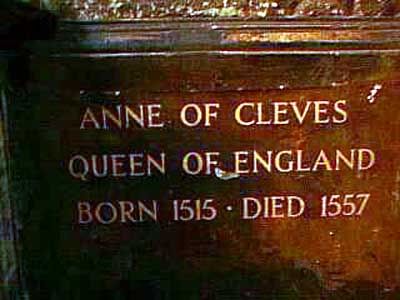
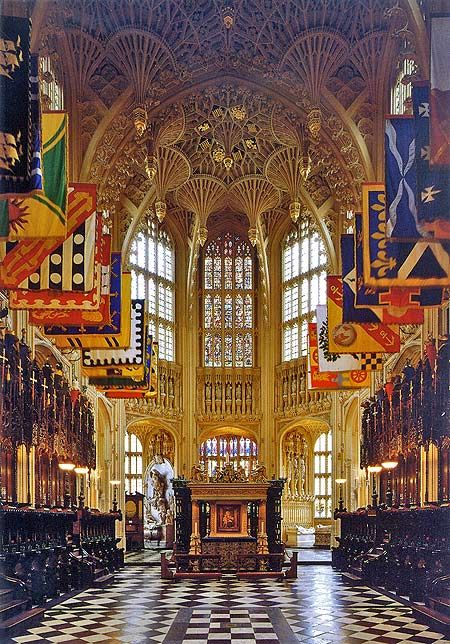

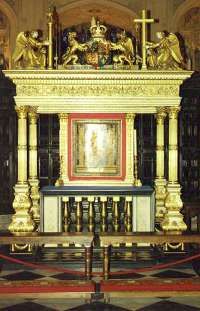
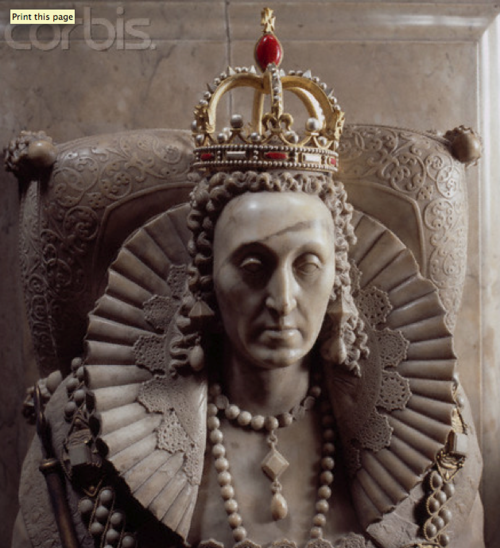
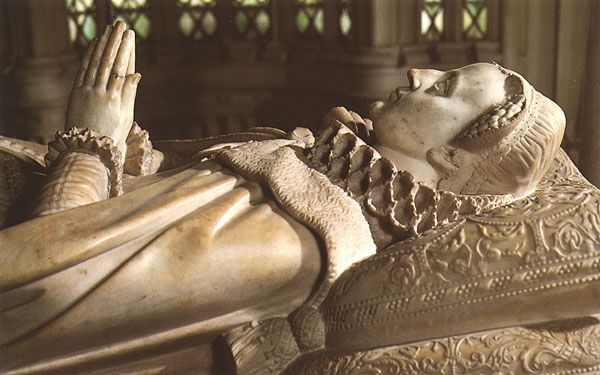
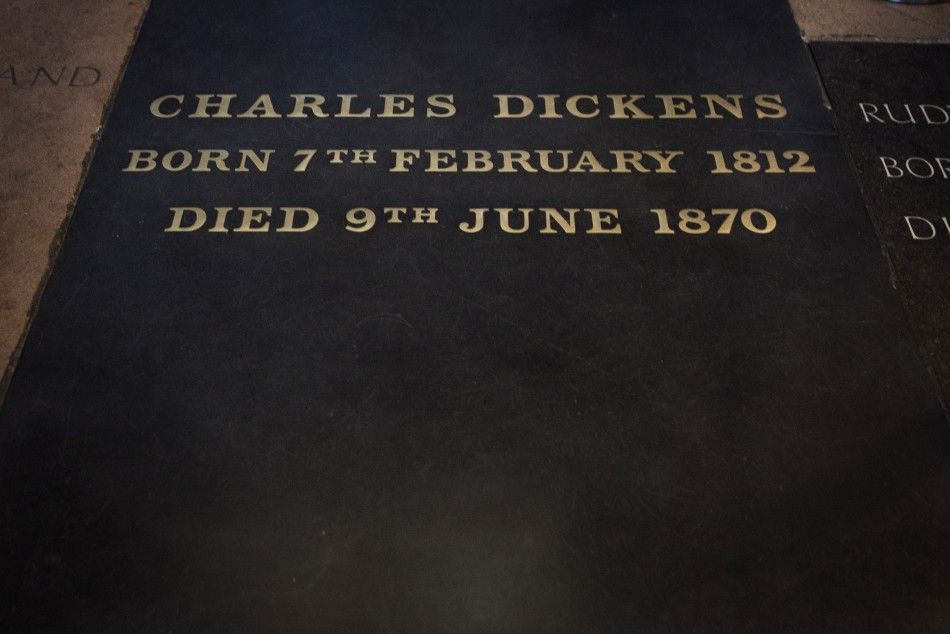

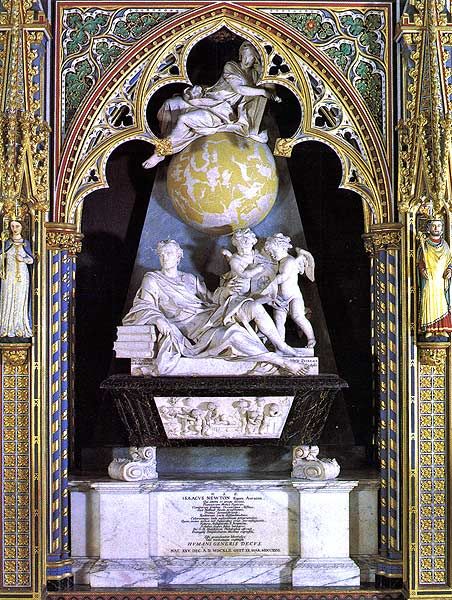
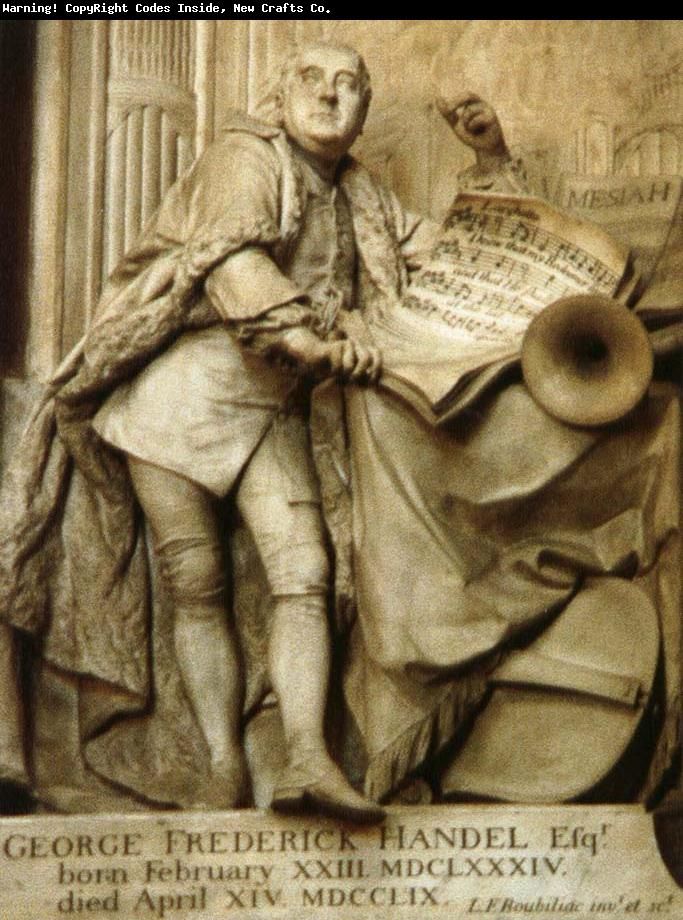
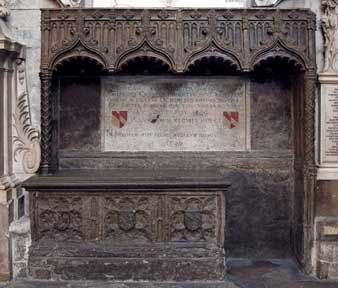
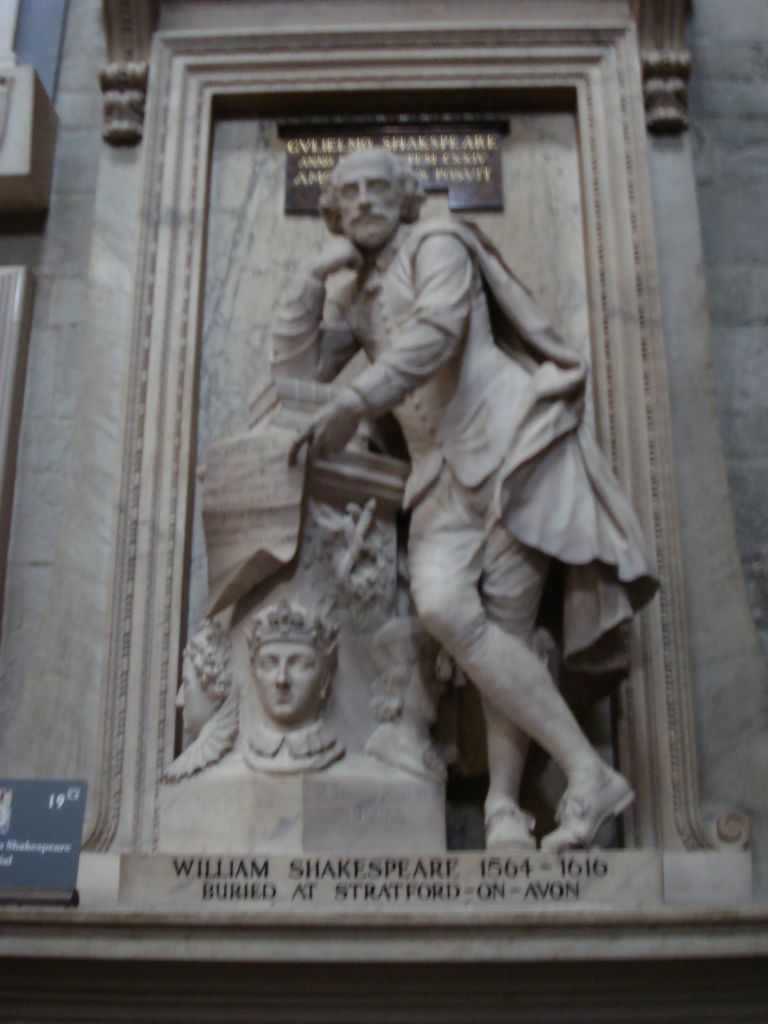
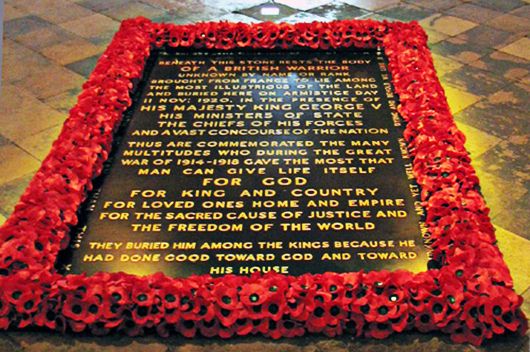


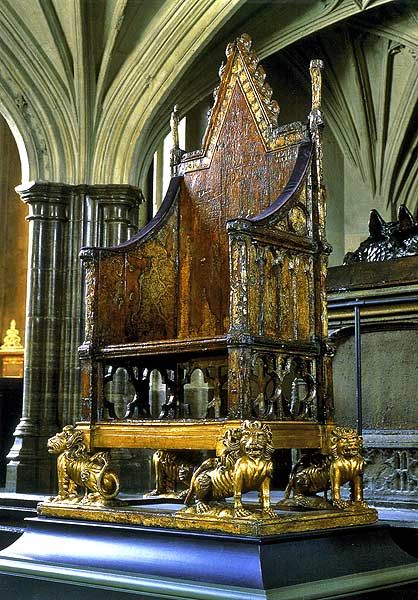

I know this is a post from long, long ago, but I just couldn't close the tab without pointing out a few mistakes in your article. First, the civil war that brought Henry VII to the throne was called the "Wars of the Roses", not the "War of the Roses", because it wasn't just one civil war. It was multiple wars with stretches of peace in between. Some would even say that House of York won the Wars of the Roses even though it is a Lancastarian faction that finally seized power because Edward IV defeated the House of Lancaster. His son even became King for a brief period after his death until his uncle, also of the House of York seized the throne. There was no war during this period of about 15 years (I think. Don't remember the exact number). Henry VII, while descended from the House of Lancaster, is actually from the House of Tudor. That's why he, his son, and grandchildren make up the Tudor dynasty.
ReplyDeleteSecond: Henry VII wife was Elizabeth of York, not Elizabeth Woodville. Elizabeth Woodville was Elizabeth of York's mother and Edward IV's Queen.
I'm sure these mistakes were just typos or something, but I wanted to mention them because I'm an asshole ;)